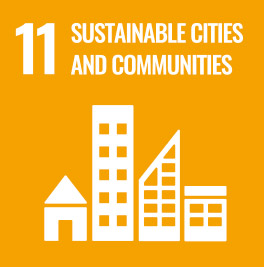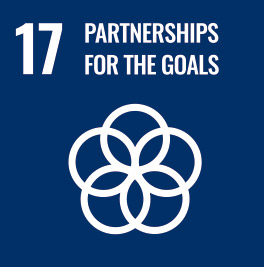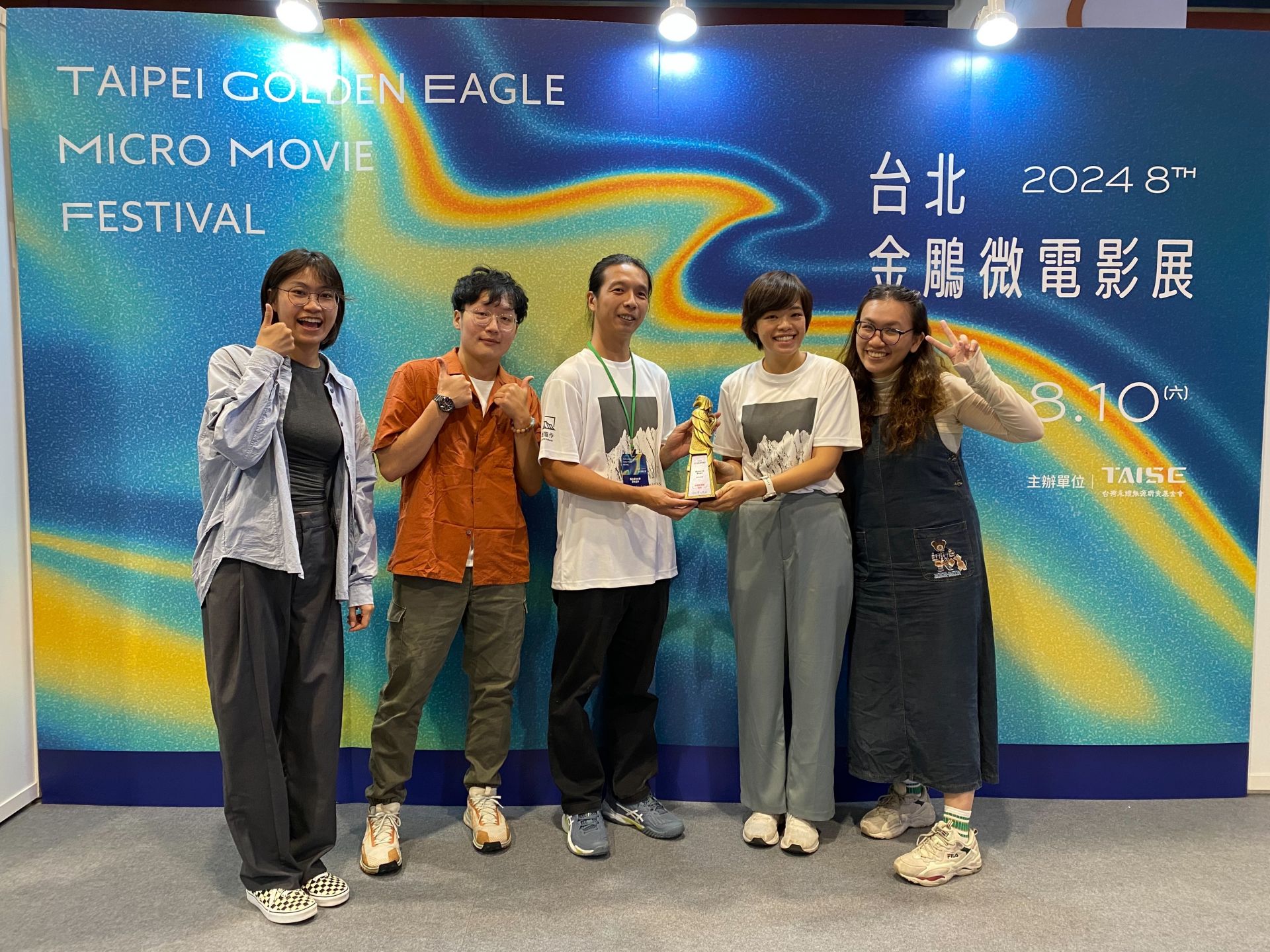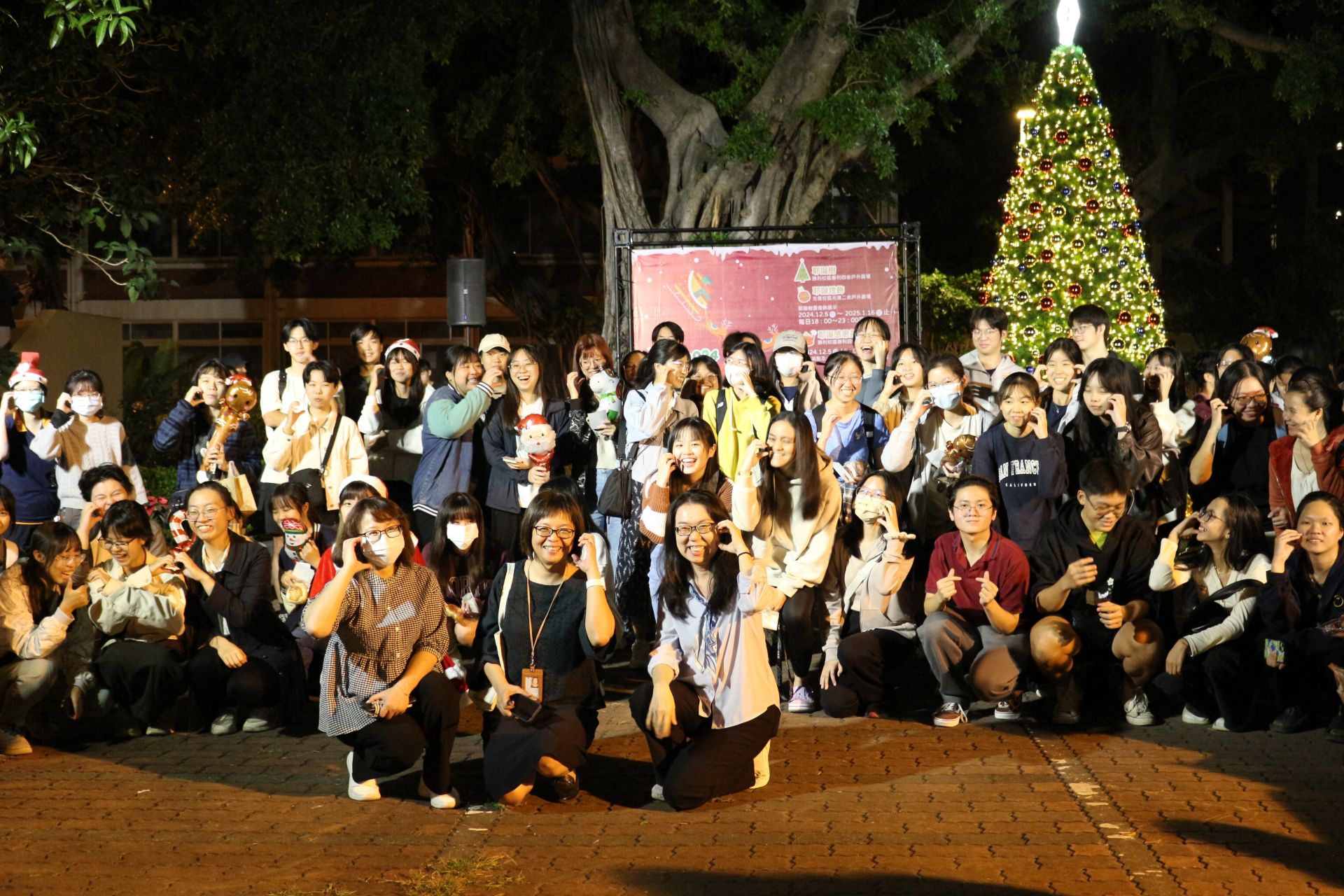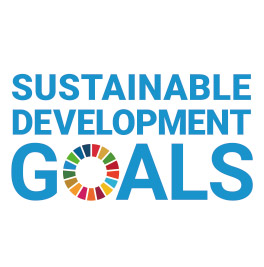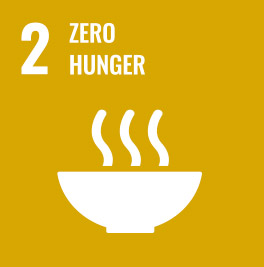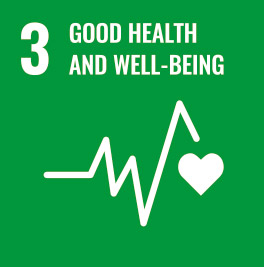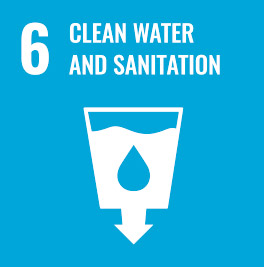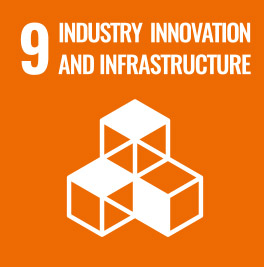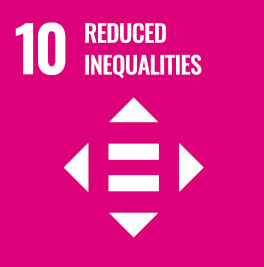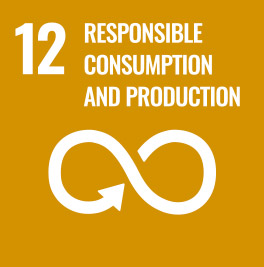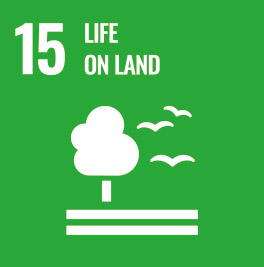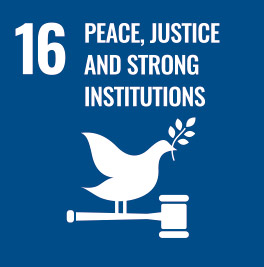[USR Feature Report] The Power that Drives Learning: Badlands 3.0 Aims to Become a Resilience Cultivation Practice Base
Traditionally, badlands have been seen as lacking in natural resources, with decline perceived as inevitable. However, Professor Chang believes this is the result of mainstream ideas that favor cities over rural areas and prioritize industry over agriculture. If we can reverse stereotypical views of prosperity and adopt a new lens to appreciate the badlands, we’ll discover that these lands hold remarkable development potential.
She pointed out that the badlands carry distinctive cultural and historical depth. For instance, in Zuozhen, Tainan, a district with fewer than 5,000 residents, there are four grand, historically rich churches—inviting deeper exploration into its culture, ethnic diversity, and religious life. While outsiders may view badlands as infertile and inhospitable, the way residents adapt and thrive under such environmental constraints reveals a resilience that is deeply inspiring. In Professor Chang’s words, “The badlands are one of the great things in the classroom,” akin to a mysterious black hole that can never be fully understood. As faculty and students engage in dialogue across disciplines and with the land itself, new possibilities continue to unfold.
The Badlands Collaboration USR Team has now been operating for more than a decade. It consists of 12 NCKU professors and 3 full-time staff members, working in communities such as Zuozhen, Longqi (Tainan), and Neimen and Tianliao (Kaohsiung). Through teaching and research, they collaborate with local partners, connect interdisciplinary faculty and students, integrate community-based learning, and promote a model of shared learning, shared practice, and shared empathy across Taiwan’s southwestern badlands.
The long-term companionship between the university and these communities has given “Badlands Collaboration” a meaning far beyond its name. For many stakeholders, it is not only a university program, but also a process of mutual fulfillment with deep social significance.
For example, community members observed that the frequent “disturbance” caused by students and faculty entering the area unexpectedly brought people together. The previously lifeless atmosphere was revitalized, and public engagement increased significantly. Vukin Takalomay, a young member of the Siraya people, remarked, “Because of the students’ participation, I found the courage to return home.”
Project Manager Ling-An Lin, a licensed social worker, joined the Badlands Collaboration Team nearly two years ago. For her, it was not only a return to her hometown of Tainan but also a chance to develop a personal interest in cycling thanks to frequent community visits. Through this, she found a balance between work and life.
Team members Ssu-Chien Tseng and Hsiao-Chi Lin shared that they became familiar with the badlands during graduate school through related coursework and research. After graduating, they chose to join the project full-time. The role not only allows them to apply what they’ve learned but also helps them build experience in community engagement, and working with public, private, academic, and civic organizations—a valuable start to their professional careers.
Professor Chang noted that, together with co-PIs Professor Sheng-Fen Chien from the Department of Architecture and Professor Wei-Ju Huang from the Department of Urban Planning, they have built a community of collaborating educators for over a decade. What first brought them to the badlands was a shared curiosity. Over time, their collaboration has fostered a deep sense of mutual trust and synergy. “Working across disciplines together makes NCKU a warmer place,” she said. “As university professors, we’ve come to see our roles not just as educators and researchers, but also as people who can integrate resources to help local communities—to become a blessing in others’ lives.”
Professor Chang reflected that university faculty are often torn between roles in teaching, research, service, and mentorship. In the past, she felt these duties fragmented her time and focus. But through nearly 10 years of engagement in the badlands, she found joy in seeing these roles merge as complementary resources. “When I take students into communities as part of teaching, I also develop research topics. And when I conduct research and teaching, I’m simultaneously providing service to the community. The most wonderful part is the mentorship—just riding the bus with students to the villages becomes the most natural form of guidance. Students say they love this feeling of getting off campus to breathe.”
Unlike the faster pace and competitive atmosphere of urban campuses, Professor Chang believes that life should offer more than one kind of rhythm. She hopes those who come to the badlands will “open their five senses and truly feel the beauty of slowing down.”
This semester, in collaboration with Exploring Tainan, the Badlands Collaboration Team launched the large-scale course “Where Are the People of Zuozhen?” for the first time. It is expected to bring nearly 1,000 students from various colleges at NCKU into the badlands. For local communities, hosting students from a wide range of disciplines opens the door to intercultural learning and new possibilities for tourism development.
The team continues to focus on environmental, economic, institutional, and social issues in the badlands. Since 2020, they have received three consecutive rounds of support from the Ministry of Education. Their sustained efforts have earned recognition across sectors. International scholars are also intrigued by this unique Taiwanese experience. Currently, the team is involved with the EPIC-N international network, and actively participates in the ABCD Higher Education Working Group’s monthly discussions, promoting the global exchange of ideas and methods.
Professor Chang is committed to using local characteristics to spark international dialogue and emphasizes that USR is a co-created outcome between universities and communities. “USR shouldn’t be viewed as the university’s asset alone—it should be mutually beneficial. For example, if course outcomes are brought back into the community and applied in elder care, industry development, or resource advocacy, then the university’s professional knowledge and the community’s local knowledge can complement each other to amplify impact. What universities should strive to do is to serve as the stage, the platform, and the backstage—to help showcase local features to the world, connect outside resources with the community, and offer long-term professional support.”
As higher education evolves, USR is increasingly seen as essential to building a sustainable university. Reflecting on NCKU’s unique advantages in advancing USR, Professor Chang shared that the university’s roots in engineering emphasize practical application. Its 11 campuses spread across Tainan offer geographical benefits. Its strong network of alumni, faculty, staff, and students fosters natural collaboration. And of course, the warmth of Tainan’s people plays an invaluable role. In closing, she offered a thoughtful reflection on the meaning of education: “Education shouldn’t just be about chasing mountain peaks—always aiming for the next summit. And after that? What we hope for in Badlands Collaboration is to grow together, like a mountain range, and to jointly create a beautiful landscape of shared achievement.”
Learn more | Badlands Collaboration
Collaborative Badlands Website
Badlands Bamboo Grove Podcasts
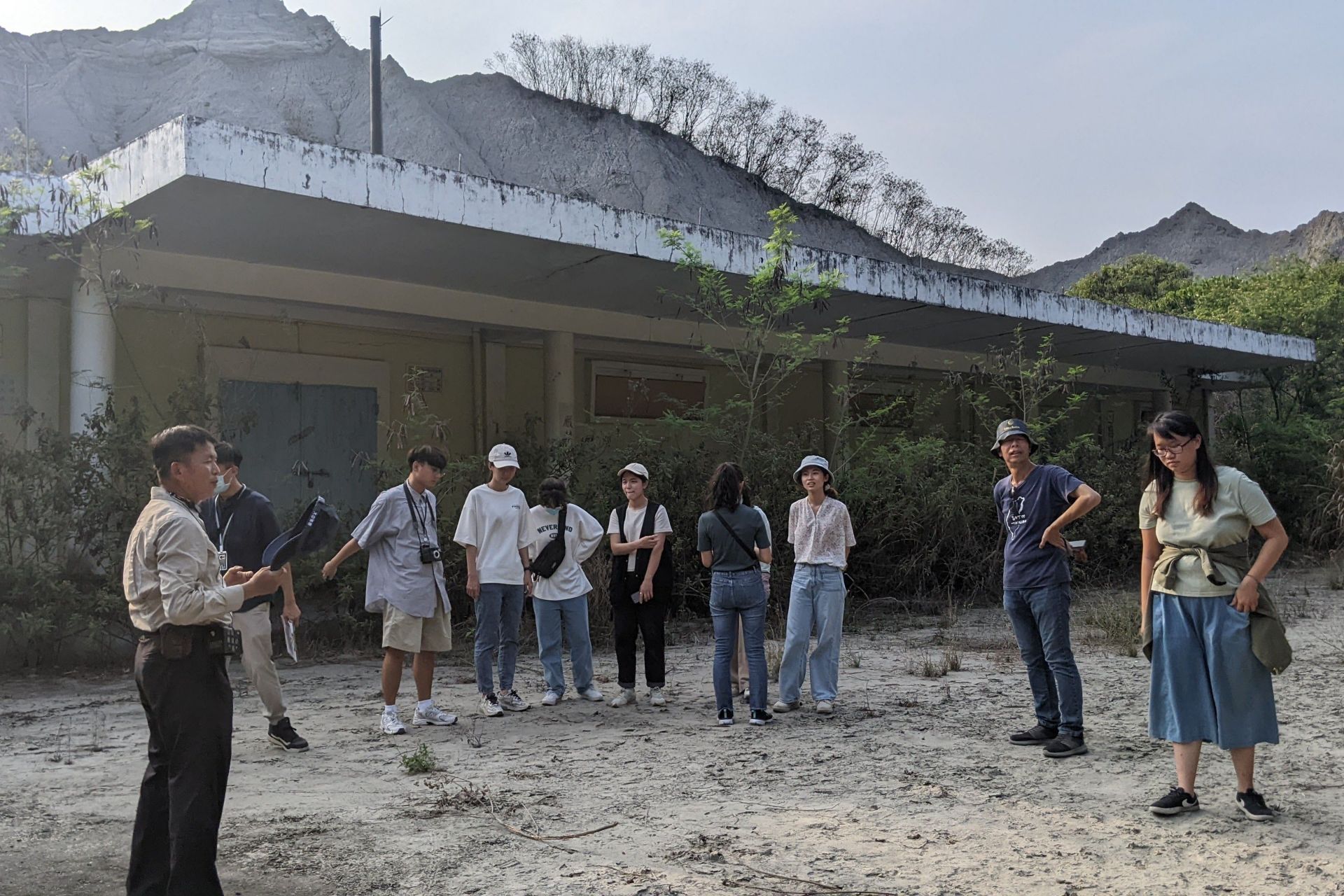
The NCKU Badlands Collaboration Team has once again been selected for the Ministry of Education’s USR (University Social Responsibility) Program this year (2025). The team's version 3.0 goal is to transform the Badlands into a “resilience cultivation practice base.” The photo shows the team conducting an in-depth field investigation at the Longqi Factory ecological site, guided by experienced local mentors from the community
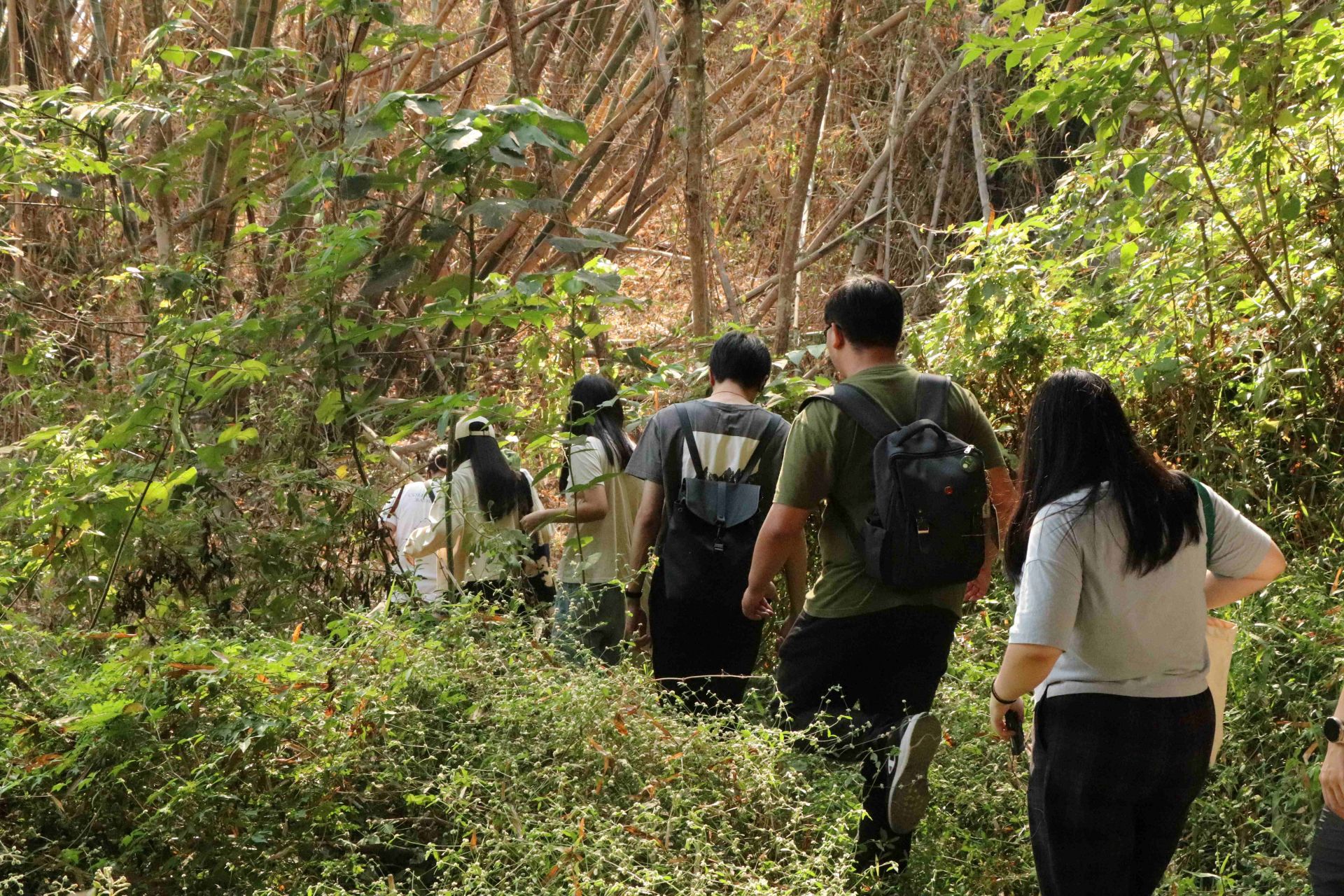
Professor Hsiu-Tzu Chang, principal investigator of the Badlands Collaboration Project and faculty member of the Department of Urban Planning at NCKU, stated that the Badlands provide a uniquely rich learning environment—a powerful catalyst for personal and academic growth. In the photo, the team is engaged in mountain ecology learning at Mt. Matou, located on the border of Tianliao and Neimen districts
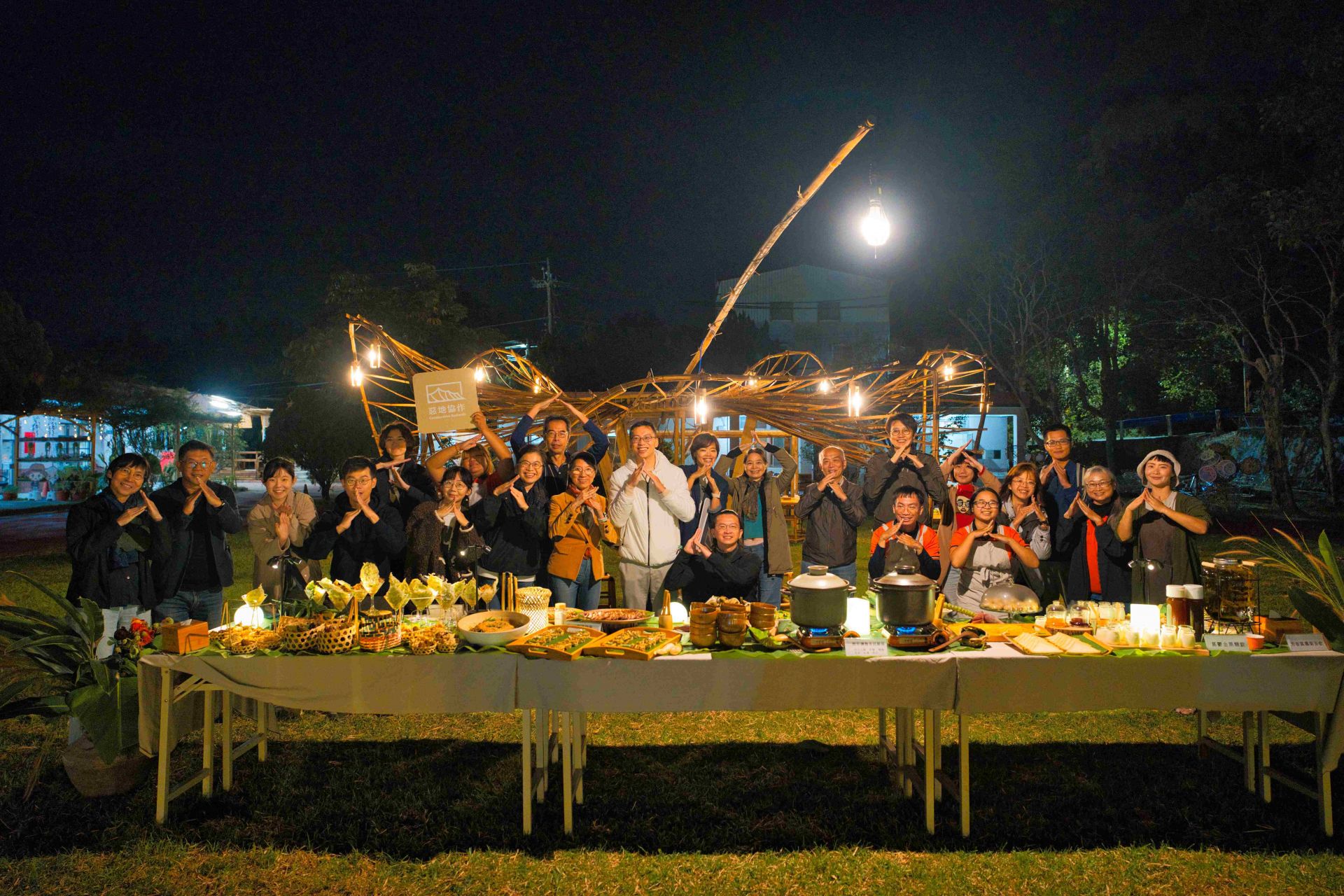
In response to the transformation of higher education, USR (University Social Responsibility) is increasingly regarded as an essential pathway toward sustainable universities. The NCKU Badlands Collaboration Team embraces an educational vision grounded in shared prosperity and collective achievement, striving to co-create a meaningful and beautiful landscape together.
The photo shows the team hosting a year-end “Taste of Badlands” community banquet in Zuozhen, inviting colleagues from the Center for Humanities and Social Sciences as well as key USR stakeholders from NCKU to join in celebrating their ongoing collaboration

The university and the local community have shared a long-term partnership for over a decade. For the many stakeholders involved, the “Badlands Collaboration” is more than just a campus initiative—it carries a deeper social significance of mutual empowerment and collective achievement. In the photo, the team is seen holding a torchlit night walk, an activity designed to foster cross-sector collaboration and revitalize the trail system connecting the Muczakouping settlements in Neimen District, Kaohsiung




